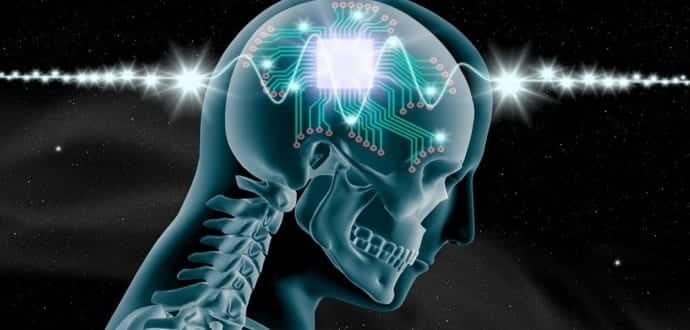Human trials on futuristic implants to enhance memory using brain chips
Dr Theodore Berger, a professor of biomedical engineering at the University of Southern California (USC) in the U.S. and director of USC’s Center of Neural Engineering, is working to bring to market human memory enhancement in the form of a prosthetic implanted in the brain. Berger has already succeeded in enhancing memory in rats using brain chip implants and is now testing it attached to humans.
Berger tells IEEE Spectrum that his experiments with rats and primates make him confident that “it’s really time” for a clinical device. “We’re testing it in humans now, and getting good initial results,” he says. “We’re going to go forward with the goal of commercializing this prosthesis.”
The prosthetic, which Berger has been working on for so many years, can function as an artificial hippocampus, which is a major component of the human brain and one of the first regions in the brain to suffer damage in Alzheimer’s. He hopes it can help patients suffering from Alzheimer’s, other forms of dementia, stroke victims and people whose brains have been injured.
The plan is for the device to convert short-term memory into long-term memory and possibly store it as the hippocampus does. He has been able to achieve encouraging research results so far.
This method uses electrodes implanted in the hippocampus to record the electrical signals from target neurons when new information is fed to the person, and those signals for encoding the memory.
Berger began by teaching a rabbit to associate an audio tone and then puffed air in a rabbit’s face, causing it to blink. Ultimately, just playing the tone would make the rabbit blink. Berger recorded the hippocampus’ activity with electrodes, and as the rabbits learned to associate the tone with the air puff, patterns in those signals changed in a predictable way.
Berger refers to these patterns as a “space-time code” representing where the neurons are in the rabbit’s brain at a specific moment. He told WIRED, “As the space-time code propagates into the different layers of the hippocampus, it’s gradually changed into a different space-time code.” Eventually, based on the latest incoming version to make the rabbit blink, the tone alone was enough for the hippocampus to create a recallable space-time code, which allowed Berger to develop a mathematical model representing the process.
He then built an artificial rat hippocampus – his experimental prosthesis – to test his observations and model. Berger was able to get the corresponding space-time codes by training rats to press a lever with electrodes monitoring their hippocampuses. His system was validated by running that code through his mathematical model and sending it back to the rats’ brains, as the rats successfully pressed their levers. “They recall the correct code as if they’ve created it themselves. Now we’re putting the memory back into the brain,” Berger reports.
However, could a similar implant in a human really work? Dustin Tyler, a professor of engineering at Case Western Reserve University, cautioned WIRED, “All of these prosthetics interfacing with the brain have one fundamental challenge. There are billions of neurons in the brain and trillions of connections between them that make them all work together. Trying to find technology that will go into that mass of neurons and be able to connect with them on a reasonably high-resolution level is tricky.”
According to Berger, the prosthetic would provide a boost for people who have difficulty forming lasting memories on their own. “We take these memory codes, enhance them, and put them back into the brain. If we can do that consistently, then we’ll be ready to go,” he says.
Prior research on memory prosthetics by both Berger and other neural engineers has received funding from DARPA (Defense Advanced Research Projects Agency), which has a keen interest in brain chips, as it wants to create computer chips to help wounded soldiers heal, as well as making a brain-computer interface possible. They look to develop a clinical device within the decade.
Berger has spun off the research into a new start-up called Kernel, which is backed by technology entrepreneur Bryan Johnson, who sold his payments firm Braintree to PayPal for $800m in 2013. Its website states its mission: “The OS Fund invests in entrepreneurs working towards quantum-leap discoveries that promise to rewrite the operating systems of life.”
Source: Bigthink

Made device for reading human thoughts / human mind reading machine / Brain computer interface. In particular, I have created a perfect Speech Generating Device for people with Amyotrophic Lateral Sclerosis / ALS. Assistive technology or Augmentative and alternative communication. About the problem look : Jack Gallant, Tom Mitchell and Marcel Just; John – Dylan Haynes, human mind reading machine .The discovery has not been published. Russia.